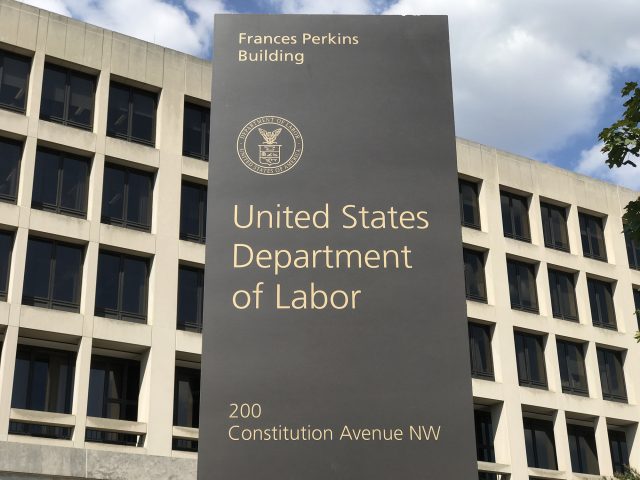
Combining Small 401(k) Accounts Helps Preserve Retirement Saving
Alicia H. Munnell is a columnist for MarketWatch and senior advisor of the Center for Retirement Research at Boston College.
A private sector answer to a big problem is finally getting some traction.
Good news. The Department of Labor, with its request for public comment, may be about to give Retirement Clearinghouse LLC the green light to proceed with its proposal to automatically transfer small balances from one 401(k) to another. Such an arrangement would dramatically reduce leakages from 401(k) plans.
Millions of Americans leave their jobs each year and cash out their holdings, because it is very difficult to roll money from one 401(k) to another. Others leave their money in the plan, but fail to specify what should be done with their balances. If the balances are small (less than $5,000), employers can transfer them into an IRA account, where they are invested in money market funds. Such accounts can have fees that exceed their low investment returns, causing account balances to decline.
Many years ago Spencer Williams and Tom Johnson came up with a solution – automatically consolidate small accounts so that employees can aggregate their savings as they change jobs. They created Retirement Clearinghouse LLC to serve as the platform to consolidate balances. Consolidation helps the employees accumulate a more adequate level of retirement saving, because research shows that hitting the $20,000 milestone makes participants much more likely to preserve their balances. And consolidation helps sponsors fulfill their fiduciary duty and cut aggregate plan costs by reducing the number of stranded accounts. Consolidation helps providers to increase assets under management and reduce the headaches associated with mandatory distributions, stranded accounts, and uncashed checks for missing participants.
Williams and Johnson have demonstrated that consolidation is feasible and has a big payoff. They worked with a large health care company with more than 190,000 participants and an average turnover of more than 40,000 employees each year. To control costs and better serve employees, the health care company instituted a “roll in” program as a fringe benefit to help new or current employees consolidate their savings in the company’s plan or to help departing employees move their savings to the plan of the next employer. According to a report from the Boston Research Group, the plan saved $6 million in costs and increased assets under management by $100 million, and participants on average rolled about $18,000 into their accounts, which greatly reduced subsequent cashouts.
While Retirement Clearinghouse has the technology to provide automatic roll ins, it needs buy-in from government regulators for two reasons. First, potential customers wanted clarification as to who has fiduciary responsibility for this service. A DOL advisory opinion clarified that Retirement Clearinghouse is the fiduciary for these transactions. Second, the Employee Retirement Income Security Act of 1974 prohibits fiduciaries from self-dealing. That is, fiduciaries are not allowed to earn fees as a result of their recommendations. Retirement Clearinghouse has asked the DOL for an exemption from this provision, and the DOL has asked for public comment before it proceeds.
Retirement Clearinghouse envisions charging a few dollars per month in custodial fees for the holding period between plans and a maximum $59 fee for the electronic transfer to a new plan. The goal is to keep the small balances in an IRA for as short a period as possible before transferring them to a new plan. The cashing out and loss of small accounts is a well-defined and serious problem. Retirement Clearinghouse – and hopefully other companies out there – have a solution. It is so lovely to see a win for the 401(k) system.







